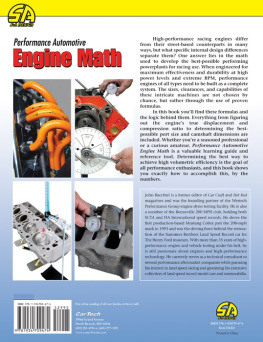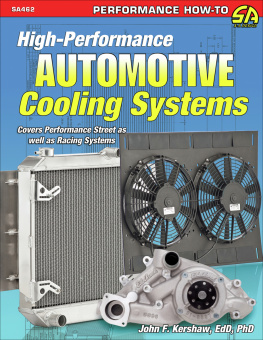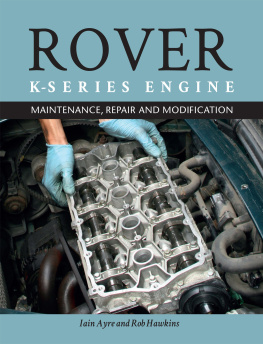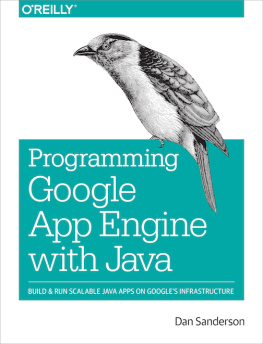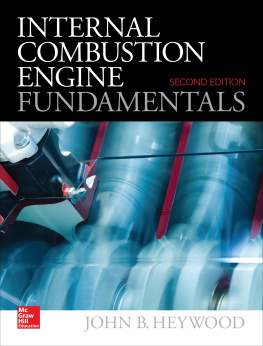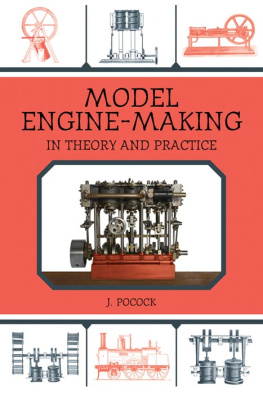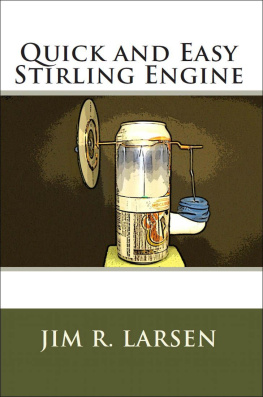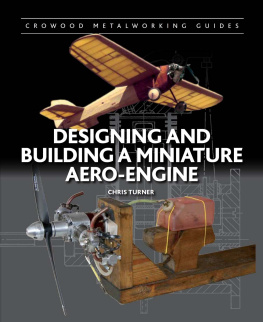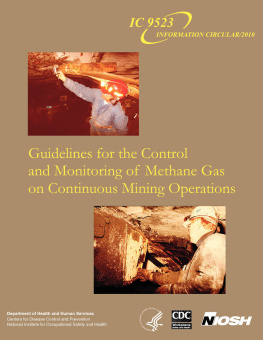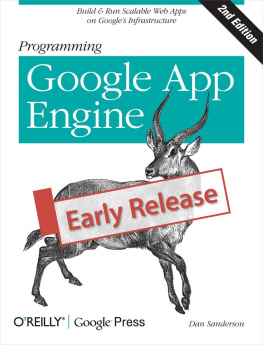John Baechtel - Practical Engine Airflow
Here you can read online John Baechtel - Practical Engine Airflow full text of the book (entire story) in english for free. Download pdf and epub, get meaning, cover and reviews about this ebook. year: 2016, publisher: CarTech Inc., genre: Romance novel. Description of the work, (preface) as well as reviews are available. Best literature library LitArk.com created for fans of good reading and offers a wide selection of genres:
Romance novel
Science fiction
Adventure
Detective
Science
History
Home and family
Prose
Art
Politics
Computer
Non-fiction
Religion
Business
Children
Humor
Choose a favorite category and find really read worthwhile books. Enjoy immersion in the world of imagination, feel the emotions of the characters or learn something new for yourself, make an fascinating discovery.

- Book:Practical Engine Airflow
- Author:
- Publisher:CarTech Inc.
- Genre:
- Year:2016
- Rating:4 / 5
- Favourites:Add to favourites
- Your mark:
- 80
- 1
- 2
- 3
- 4
- 5
Practical Engine Airflow: summary, description and annotation
We offer to read an annotation, description, summary or preface (depends on what the author of the book "Practical Engine Airflow" wrote himself). If you haven't found the necessary information about the book — write in the comments, we will try to find it.
Practical Engine Airflow — read online for free the complete book (whole text) full work
Below is the text of the book, divided by pages. System saving the place of the last page read, allows you to conveniently read the book "Practical Engine Airflow" online for free, without having to search again every time where you left off. Put a bookmark, and you can go to the page where you finished reading at any time.
Font size:
Interval:
Bookmark:
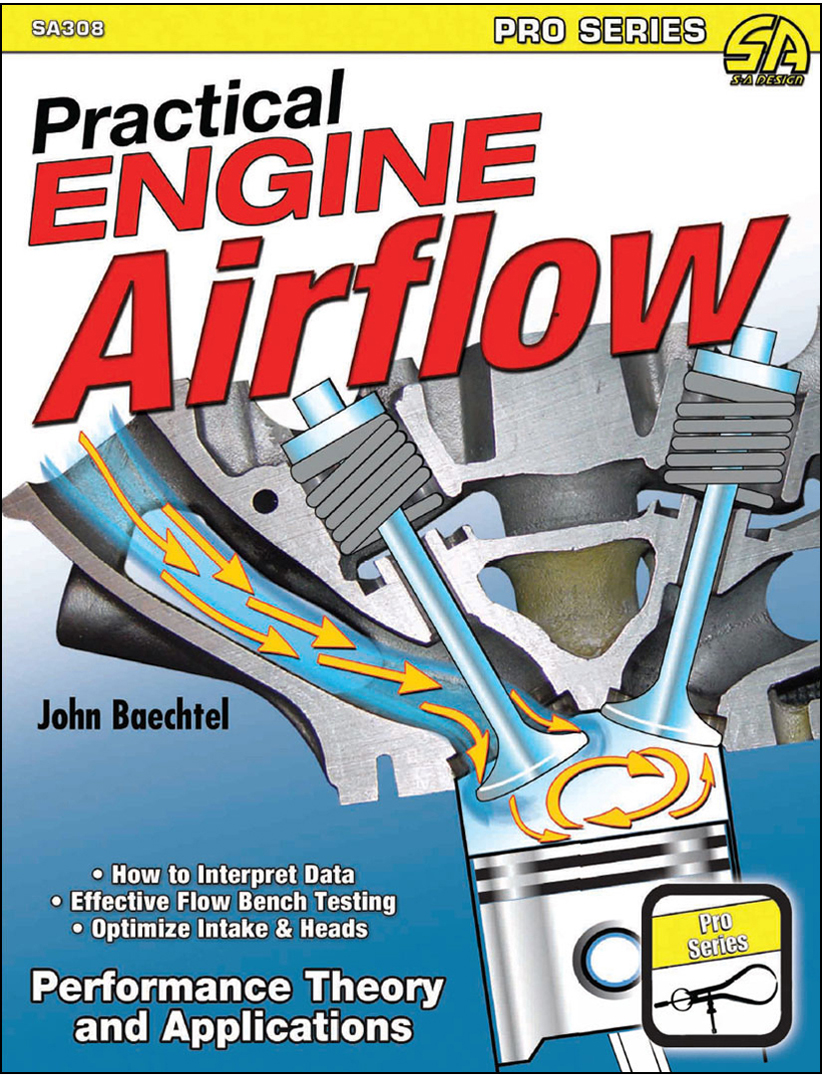


CarTech, Inc.
838 Lake Street South
Forest Lake, MN 55025
Phone: 651-277-1200 or 800-551-4754
Fax: 651-277-1203
www.cartechbooks.com
2015 by John Baechtel
All rights reserved. No part of this publication may be reproduced or utilized in any form or by any means, electronic or mechanical, including photocopying, recording, or by any information storage and retrieval system, without prior permission from the Publisher. All text, photographs, and artwork are the property of the Author unless otherwise noted or credited.
The information in this work is true and complete to the best of our knowledge. However, all information is presented without any guarantee on the part of the Author or Publisher, who also disclaim any liability incurred in connection with the use of the information and any implied warranties of merchantability or fitness for a particular purpose. Readers are responsible for taking suitable and appropriate safety measures when performing any of the operations or activities described in this work.
All trademarks, trade names, model names and numbers, and other product designations referred to herein are the property of their respective owners and are used solely for identification purposes. This work is a publication of CarTech, Inc., and has not been licensed, approved, sponsored, or endorsed by any other person or entity. The Publisher is not associated with any product, service, or vendor mentioned in this book, and does not endorse the products or services of any vendor mentioned in this book.
Layout by Monica Seiberlich
ISBN 978-1-61325-157-7
Item No. SA308
Library of Congress Cataloging-in-Publication Data Available
Written, edited, and designed in the U.S.A.
10 9 8 7 6 5 4 3 2 1
Title Page:
A similar choke point exists on the exhaust side. It also represents the minimum cross section and typically has a larger radius to encourage smooth exhaust flow, which exits under high pressure.
Back Cover Photos
Top Left:
The throat area immediately above the valveseat is the controlling factor in airflow efficiency. Maximum velocity across the valve should be generated here.
Top Right:
Cylinder heads are the most influential component of an internal combustion engine. They are the gatekeeper that regulates the amount and quality of the air/fuel mixture entering the engine.
Bottom Left:
Naturally aspirated applications typically require much more flow-bench work to extract maximum performance for each application. Experience pays off, but it still may require long hours of trial and error. (Photo Courtesy Smithberg Racing)
Bottom Right:
Modifying port entry angles via specific port matching produces power. The match between the runner exit and the intake port entry should be almost seamless with no sharp edges or area change. Epoxy filling is sometimes required to accomplish the smooth finish. (Photo Courtesy Wilson Manifolds)
OVERSEAS DISTRIBUTION BY:
PGUK
63 Hatton Garden
London EC1N 8LE, England
Phone: 020 7061 1980 Fax: 020 7242 3725
www.pguk.co.uk
Renniks Publications Ltd.
3/37-39 Green Street
Banksmeadow, NSW 2109, Australia
Phone: 2 9695 7055 Fax: 2 9695 7355
www.renniks.com
Table of Contents
CONTENTS



To Louie Hammel
My amazing friend Louie Hammel had a fondness for the impossible, frequently offering simple yet profound quips about engine performance that made you stop and think and, more important, imagine. Louie suffered for many years from the debilitating effects of leukemia and has since passed on, but I will always remember the day he looked at me and said, You know, Im an engine guy and when I die I want to be cremated and have one of you guys pour my ashes through the carburetor on a screaming high-RPM big-block on the dyno so I can watch all this stuff we talk about first hand.
Unfortunately Louie never achieved his goal, but I often wish he had because his reports from the other side would have been awesome and unquestionably accurate. He always wanted a personalized license plate that read TORQUE, and he had a million ideas about ways to generate it and improve engine performance. Although I was busy with a career at Hot Rod and Car Craft magazines, Louie honed his skills testing and developing parts in the dyno rooms at Edelbrock and later became a researcher and dyno technician at McFarland, Inc., evaluating and developing high-performance components for Jim McFarland.
Later, after Louie became sick, he used to come by my dyno shop in the afternoons and weekends and we would bench race engine tech and theory endlessly. Whenever something stumped us, we immediately thought to ask Louie, whereupon he addressed our question with the thoughtful power of his amazing intellect. That made some people jealous, but he only sought to offer well-thought-out opinions, and he usually had a perfectly good explanation that solved our problem.
Louie was no poser. He never cared if he impressed anyone or what others thought of his ideas. He thought well beyond that and was truly immersed in the magic of engine performance and, in particular, the science of engine airflow. If Ive learned anything over all these years, much of it came from Louies remarkably thoughtful questions and subsequent discourse on said matters. Many of us miss Louie even to this day and cant forget the remarkable impression he left on us. And thus I dedicate this book to him, an exceptionally observant and knowledgeable man.
Somehow I think he still may have managed to find his way inside a running engine and he is still in there, taking notes and preparing reports for his old friends who still feel the need to ask Louie. R.I.P., buddy.

This photo was shot at Jim McFarlands think tank R&D shop in Torrance, California, in the early 1990s before Louie was diagnosed with leukemia. Thats an early GM ZZZ engine on the dyno. Left to right: Kevin McClelland, Rod Sokoloski, Louie Hammel, Keith Rudolph, and Jim McFarland.


Resources are the lifeblood of any tech book. Without them an author could never pull together all the relevant information that applies to the subject of the book. Very few authors can write this stuff off the top of their head. It takes a concerted effort and the unfailing cooperation of numerous people who also have lives, jobs, and other things to do. Sometimes they forget or take longer than expected, but they come through in the end and their contributions lend substance to the book. Many people contributed to this book by necessity as I am far from an expert on the nuances of engine airflow. Each of them has my profound gratitude for the effort they expended.
Font size:
Interval:
Bookmark:
Similar books «Practical Engine Airflow»
Look at similar books to Practical Engine Airflow. We have selected literature similar in name and meaning in the hope of providing readers with more options to find new, interesting, not yet read works.
Discussion, reviews of the book Practical Engine Airflow and just readers' own opinions. Leave your comments, write what you think about the work, its meaning or the main characters. Specify what exactly you liked and what you didn't like, and why you think so.

